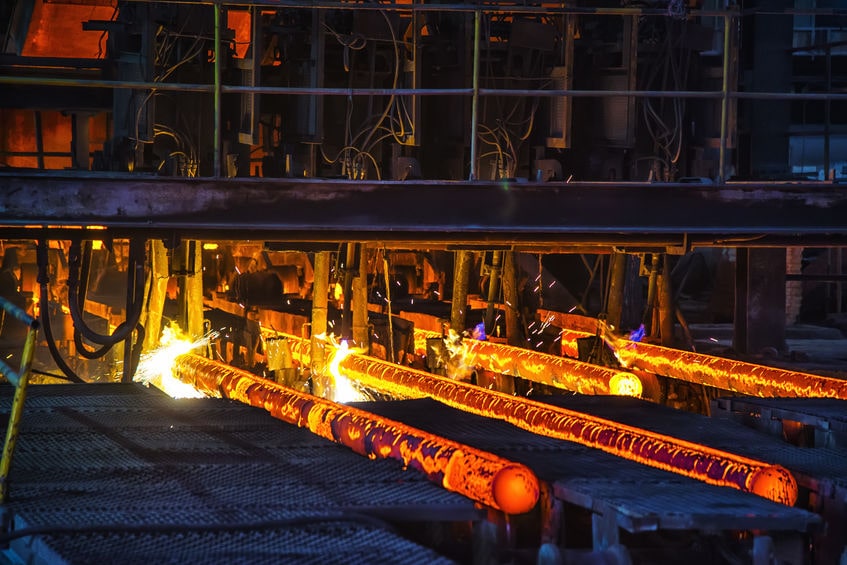The first step to manufacturing something is to have sufficient knowledge of the raw materials required to make it. This saves money on additional processing or raw materials. Time can also be saved this way as you can easily select what to choose.
There is a vast variety of types in the case of using steel as a raw material for your products. However, these types can be shortened into two elementary types of steel, which are called cold-rolled steel and hot-rolled steel. Any engineers or manufacturers can choose between these two types by reading the differences mentioned below.
Hot-rolled steel
It’s better to understand what hot-rolled steel is before we move on to cold-rolled steel. In the making of hot-rolled steel, high temperatures are used above the steel’s re-crystallization temperature, to roll the steel. High temperatures make it malleable and easy to shape. However, when this steel cools, it shrinks non-uniformly, making it useless for precision applications, because they require accurate dimensions.
One of the properties of hot-rolled steel is a scaly surface due to extreme temperatures. However, with sand-blasting or acid-bath pickling, the surface of the steel can be smooth.
Uses of Hot-rolled steel
This steel is used in areas that do not require exact dimensions and visual appeal. It is also used where cheap steel is needed in large quantities. Good examples of this steel use are railway tracks and metal sheets.
Cold-rolled steel
Cold-rolled steel is made in the same way as hot-rolled steel with a few differences. It is initially hot-rolled steel that goes through more processing to become cold-rolled steel. To manufacture cold-rolled steel, hot-rolled steel is cooled down and rolled under pressure at room temperature; thus, the name of cold-rolled steel is colder compared to hot-rolled steel. The term rolled is used to define processes such as grinding and polishing.
Cold-rolled steel does not shrink at all. As a result, it can be used in precision appliances, which require exact dimensions. Cold-rolled steel also has a 20% increase in strength due to strain hardening, compared to hot-rolled steel. Unlike hot-rolled steel, cold-rolled steel is aesthetic.
Uses of cold-rolled steel
Applications of this steel are less compared to hot-rolled steel. This steel is used in areas where precision and aesthetics matter. It is rarely used in large quantities.
Some examples where this is used are aerospace structures, strips, bars, rods, and home appliances.
Prices
Hot-rolled steel is much cheaper compared to cold-rolled steel, as it has less processing during the manufacturing phase. However, cold-rolled steel is expensive for a reason; it is more durable and has a good visual appeal to it, with smoothness and exact dimensions.
Conclusion
By reading about the two different types of steel, you can compare them both and figure out which one is best for you. It is not possible to tell you which one to use without knowing the details of your product. You know the differences, choose what is most suitable.
Looking for Hot-rolled steel or Cold-rolled steel, Then please call our metal sales departments at (303)-761-7881

